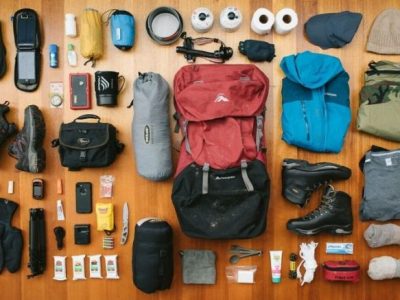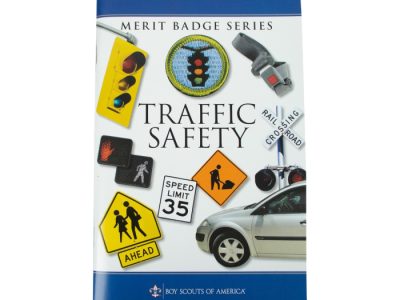Climbing Merit Badge Safety: A Comprehensive Guide to Safe Ascents
Embark on a thrilling journey into the world of rock climbing with Climbing Merit Badge Safety, your essential guide to conquering vertical frontiers with confidence and expertise. From mastering fundamental techniques to navigating environmental hazards, this guide equips you with the knowledge and skills to scale new heights safely and responsibly.
Safety Equipment
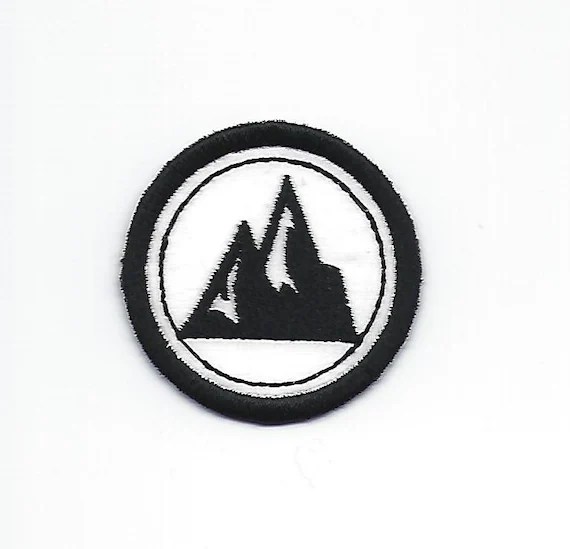
In the realm of climbing, safety equipment plays a pivotal role in safeguarding climbers from potential hazards. The judicious use of helmets, harnesses, and other protective gear can significantly mitigate the risks associated with this exhilarating activity.
Proper Fitting and Use, Climbing merit badge safety
Ensuring that climbing equipment fits properly is paramount. An ill-fitting helmet can compromise its ability to protect the head from impact, while an improperly adjusted harness may hinder the climber’s ability to arrest a fall safely. Regular inspections and adjustments are essential to maintain the integrity and effectiveness of climbing equipment.
Types of Climbing Equipment
- Helmets:Designed to absorb impact and protect the head from falling objects, helmets are an indispensable safety measure.
- Harnesses:Harnesses distribute the force of a fall over the body, preventing severe injuries to the spine and internal organs.
- Ropes:Dynamic ropes, with their ability to absorb energy, are used for lead climbing and belaying. Static ropes, on the other hand, are used for setting up top-ropes and hauling gear.
- Carabiners:These metal connectors are used to attach equipment to ropes, harnesses, and anchors.
- Belay devices:These devices are used to control the rope during belaying, ensuring the safety of the climber.
Climbing Techniques
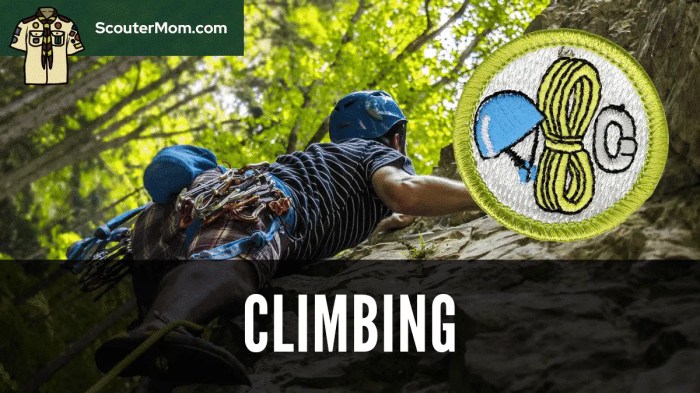
Rock climbing is an exhilarating activity that requires a combination of strength, agility, and technical skills. Mastering the basic techniques of rock climbing is essential for safety and enjoyment. These techniques include proper handholds, footholds, and body positioning.Proper footwork is crucial in rock climbing.
The feet provide the foundation for balance and stability. Climbers should focus on placing their feet on secure footholds, using the balls of their feet for better grip. Good footwork allows climbers to distribute their weight evenly, reducing fatigue and increasing their climbing efficiency.Balance
is another key aspect of rock climbing. Climbers must maintain a stable body position to avoid losing their grip or falling. This involves keeping the body close to the rock surface, using a wide stance for stability, and shifting weight smoothly between hands and feet.
Use of Ropes and Belay Devices
Ropes and belay devices are essential safety equipment in rock climbing. Ropes provide a lifeline for climbers, while belay devices allow a partner to control the climber’s descent. Climbers must be proficient in using ropes and belay devices to ensure their safety during a climb.Belaying
involves controlling the rope to prevent the climber from falling. Belayers must be attentive, communicate effectively with the climber, and have the strength and skill to hold the rope securely in case of a fall.
Environmental Hazards

Climbers may encounter various environmental hazards during their ascent, including weather conditions, rockfall, and wildlife. Assessing and mitigating these hazards is crucial for ensuring a safe and successful climb.
Weather Conditions
Weather conditions can significantly impact climbing safety. Climbers should be aware of the weather forecast and plan accordingly. Lightning, thunderstorms, and high winds can pose significant risks. It is essential to seek shelter or descend immediately if severe weather approaches.
Rockfall
Rockfall is a common hazard in climbing environments. Climbers should be alert to loose rocks and avoid climbing directly below others. Wearing a helmet is crucial to protect against falling debris.
Wildlife
Wildlife can also pose hazards to climbers. Animals such as bears, snakes, and insects may be encountered in certain areas. Climbers should be aware of their surroundings and take appropriate precautions to avoid encounters.
Emergency Procedures: Climbing Merit Badge Safety
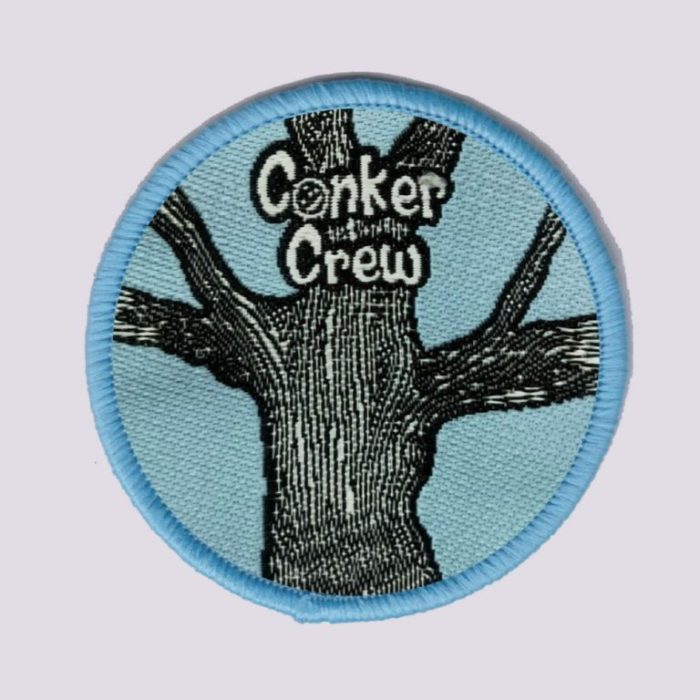
In climbing, emergencies can arise suddenly and unexpectedly. Having a plan and communicating with your climbing partner is crucial for managing these situations effectively.
First Aid and Rescue
First aid knowledge and skills are essential for climbing. In the event of an injury, climbers should be able to provide basic first aid, such as treating cuts, sprains, and fractures. They should also be familiar with the techniques for evacuating an injured climber from the climbing area.Rescue
operations in climbing can be complex and require specialized skills and equipment. Climbers should be aware of the resources available for rescue in their climbing area and should know how to contact emergency services in case of an emergency.
Importance of Communication
Effective communication between climbing partners is critical for managing emergencies. Climbers should establish clear signals for communicating during the climb and should regularly check in with each other to ensure that everyone is safe. In the event of an emergency, climbers should communicate their situation and location clearly to emergency services.
Steps in Case of Emergency
In case of an emergency, climbers should take the following steps:
- Assess the situation and determine the nature of the emergency.
- Communicate the emergency to your climbing partner and to emergency services.
- Provide first aid to any injured climbers.
- Evacuate the injured climber from the climbing area if necessary.
- Cooperate with emergency services and provide them with all necessary information.
Climbing Ethics
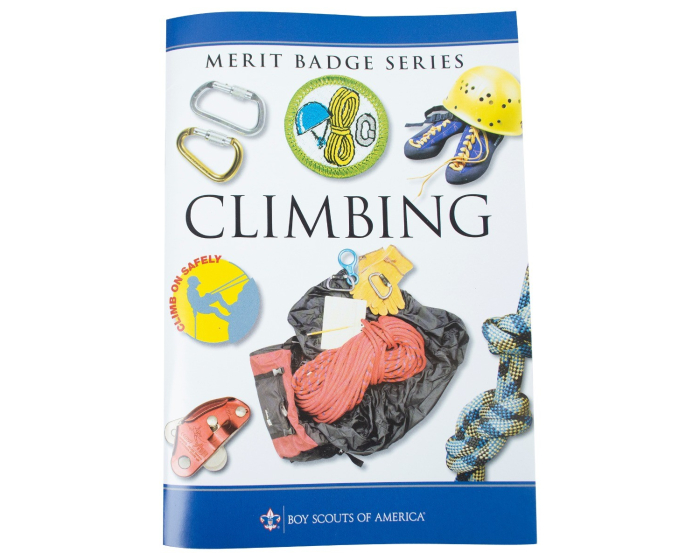
Climbing is an activity that can be enjoyed by people of all ages and abilities. However, it is important to remember that climbing is a potentially dangerous activity, and it is important to take steps to minimize the risks involved.
One of the most important aspects of climbing safety is respecting the climbing environment and other climbers. This means following the principles of leave no trace and responsible climbing.
Leave No Trace
Leave no trace is a set of principles that help climbers minimize their impact on the environment. These principles include:
- Pack it in, pack it out. This means taking all of your trash with you when you leave the climbing area.
- Stay on designated trails. This helps to prevent erosion and damage to vegetation.
- Respect wildlife. Do not feed or harass animals, and give them plenty of space.
- Be mindful of noise levels. Keep your voice down and avoid making loud noises that could disturb other climbers or wildlife.
Responsible Climbing
Responsible climbing means taking steps to minimize the risks involved in climbing. These steps include:
- Always climb with a partner. This is the single most important safety precaution you can take.
- Use proper safety equipment. This includes a helmet, harness, and belay device.
- Inspect your equipment regularly. Make sure that your equipment is in good condition and free of any damage.
- Be aware of your surroundings. Pay attention to the weather conditions, the terrain, and other climbers.
- Do not climb beyond your ability. It is important to know your limits and to stay within them.
By following the principles of leave no trace and responsible climbing, you can help to protect the climbing environment and ensure that climbing remains a safe and enjoyable activity for everyone.
Examples of Ethical Behavior in Climbing
Here are some examples of ethical behavior in climbing:
- Cleaning up your campsite and packing out all of your trash.
- Staying on designated trails and avoiding damaging vegetation.
- Respecting wildlife and giving them plenty of space.
- Keeping your voice down and avoiding making loud noises.
- Always climbing with a partner and using proper safety equipment.
- Inspecting your equipment regularly and making sure that it is in good condition.
- Being aware of your surroundings and paying attention to the weather conditions, the terrain, and other climbers.
- Not climbing beyond your ability and staying within your limits.
By following these principles, you can help to ensure that climbing remains a safe and enjoyable activity for everyone.
Ultimate Conclusion
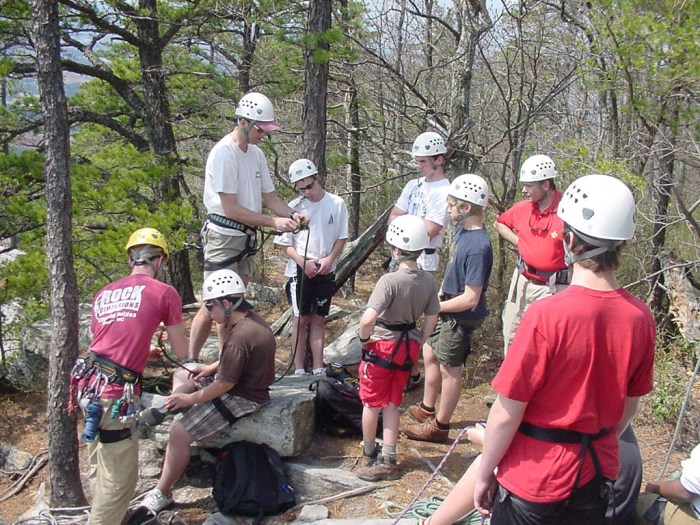
As you venture into the captivating realm of rock climbing, remember the paramount importance of safety. By adhering to the principles Artikeld in this guide, you not only enhance your climbing experience but also safeguard your well-being. Embrace the challenge, embrace the safety measures, and let the mountains witness your triumphant ascents.
Question Bank
What is the most crucial safety equipment for rock climbing?
A helmet, harness, and climbing rope are indispensable for ensuring your safety during a climb.
How do I assess environmental hazards while climbing?
Pay attention to weather conditions, rockfall potential, and wildlife activity to mitigate risks effectively.
What should I do in case of an emergency while climbing?
Remain calm, communicate with your climbing partner, and implement the emergency procedures you have learned.

